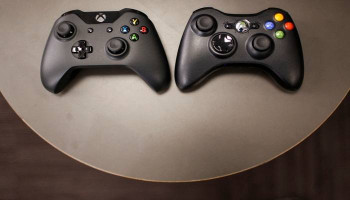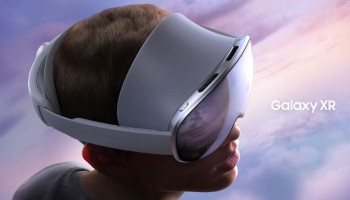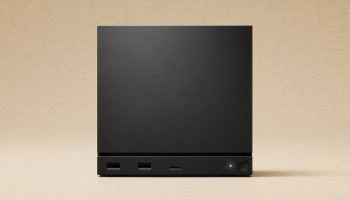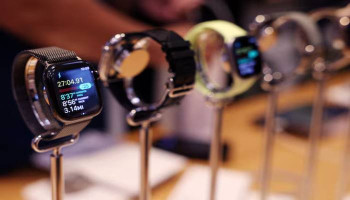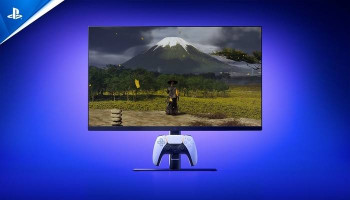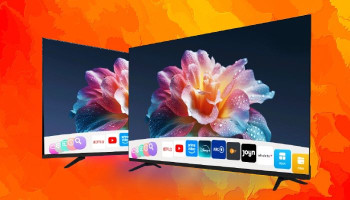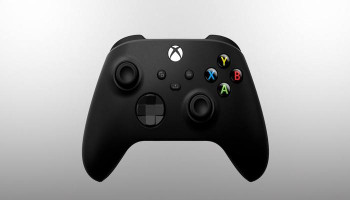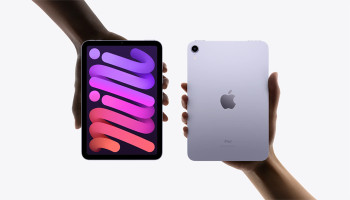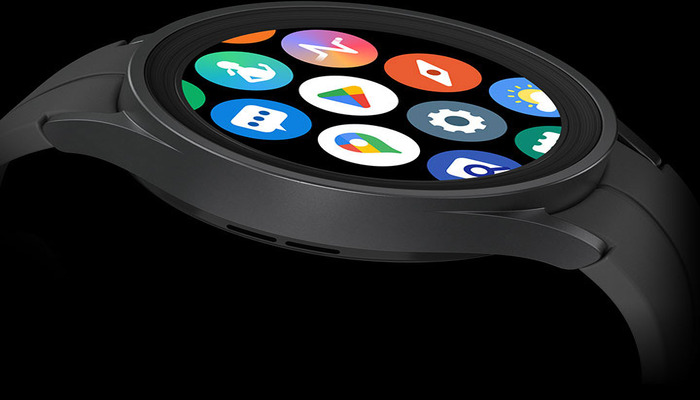
Samsung is reportedly developing new health features for its wearable devices as it competes with Apple and Google in the wearables market.
According to a company executive, Samsung is developing non-invasive blood glucose monitoring and enhancing blood pressure tracking. The company recently teased a new wearable, the Galaxy Ring, and upcoming models may incorporate these health-focused features too.
Gadgets360, citing Hon Pak, Chief Medical Officer at Samsung, stated that the company is working on adding support for continuous blood pressure and glucose monitoring in its wearables.
“If we can do continuous blood pressure and glucose, we're in a whole different ballgame. [...] I think that's where everyone is trying to get to. We're putting significant investment toward that.” the executive said.
Read More: Samsung Galaxy Ring tipped to be ‘incredibly’ lightweight
The technology could be a game-changer, eliminating the need for puncturing the skin, a requirement in most current blood glucose monitoring devices. Samsung is also working on refining blood pressure tracking, which currently requires frequent calibration with a medical device.
If successful, this technology might be integrated into devices like the Samsung Galaxy Watch and the anticipated Galaxy Ring, expected by the end of 2024.
Samsung could potentially outpace Apple, which has been working on similar blood glucose monitoring technology for its future Apple Watch models for over a decade.
However, the development is likely a few years away, and it may not feature in the successor to the Galaxy Watch 6. Pak is optimistic about achieving non-invasive blood glucose monitoring within the next five years.
Apple had reportedly made significant progress in this area last year, with a breakthrough in developing advanced blood glucose monitoring technology, potentially for a future, more compact Apple Watch model.






